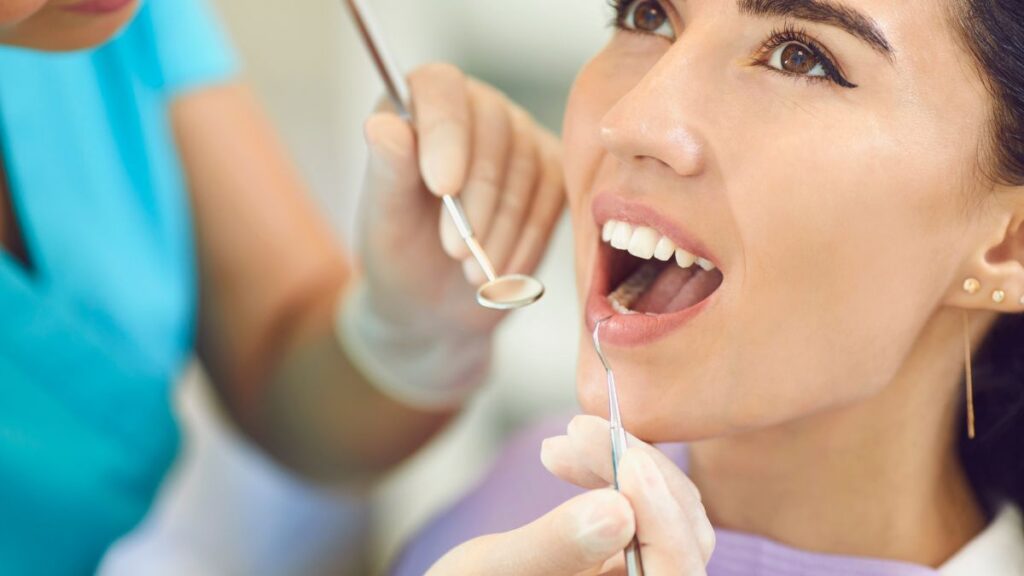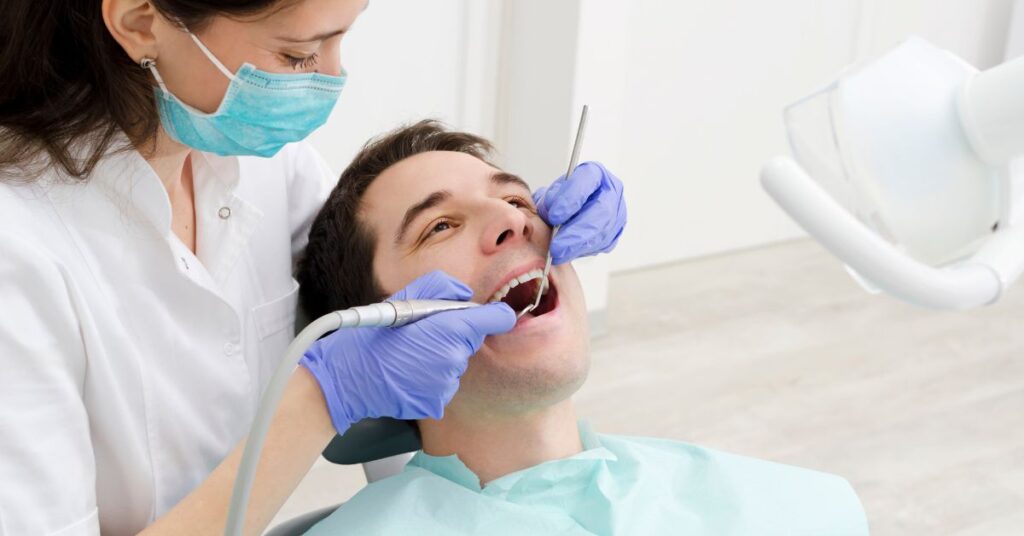
Introduction
Regular dental visits are essential for maintaining good oral health and preventing dental problems. By visiting your dentist for checkups and cleanings every 6 months, you can catch any problems early, when they are easiest to treat.
Why is it important to have regular dental visits?
There are many reasons why it is important to have regular dental visits. Here are just a few:
- To prevent cavities: Cavities are the most common dental problem, and they can be caused by a number of factors, including plaque buildup, poor diet, and dry mouth. Regular dental visits can help to prevent cavities by removing plaque and tartar from your teeth and teaching you how to brush and floss effectively.
- To detect and treat gum disease: Gum disease is another common dental problem that can lead to tooth loss. Regular dental visits can help to detect and treat gum disease early when it is most reversible.
- To screen for oral cancer: Oral cancer is a serious disease, but it is highly treatable if caught early. Regular dental visits include a screening for oral cancer, which can help to detect the disease in its early stages.
- To maintain good overall health: Did you know that your oral health is linked to your overall health? Studies have shown that people with poor oral health are more likely to have other health problems, such as heart disease, stroke, and diabetes. Regular dental visits can help to keep your oral health in good shape and reduce your risk of developing other health problems.
What to expect at your next dental visit
If you haven’t been to the dentist in a while, you may be wondering what to expect at your next visit. Here is a brief overview:
- Check-in: When you arrive at the dentist’s office, you will check in with the receptionist. They will ask for your insurance information and any other relevant information.
- Medical history: You will then be asked to complete a medical history form. This form will ask you about your overall health, any medications you are taking, and any dental problems you have had in the past.
- Examination: Your dentist will then perform an examination of your teeth and gums. They will look for any signs of cavities, gum disease, or other dental problems.
- Cleaning: If your dentist does not find any problems, they will then perform a routine cleaning. This cleaning will involve removing plaque and tartar from your teeth.
- X-rays: If your dentist finds any problems, they may need to take X-rays to get a better look at your teeth and roots.
- Treatment: If you have any dental problems, your dentist will discuss treatment options with you.
Regular dental visits are an important part of maintaining good oral health. By visiting your dentist every 6 months, you can catch any problems early and keep your teeth and gums healthy for a lifetime.
Checklist for your next dental visit
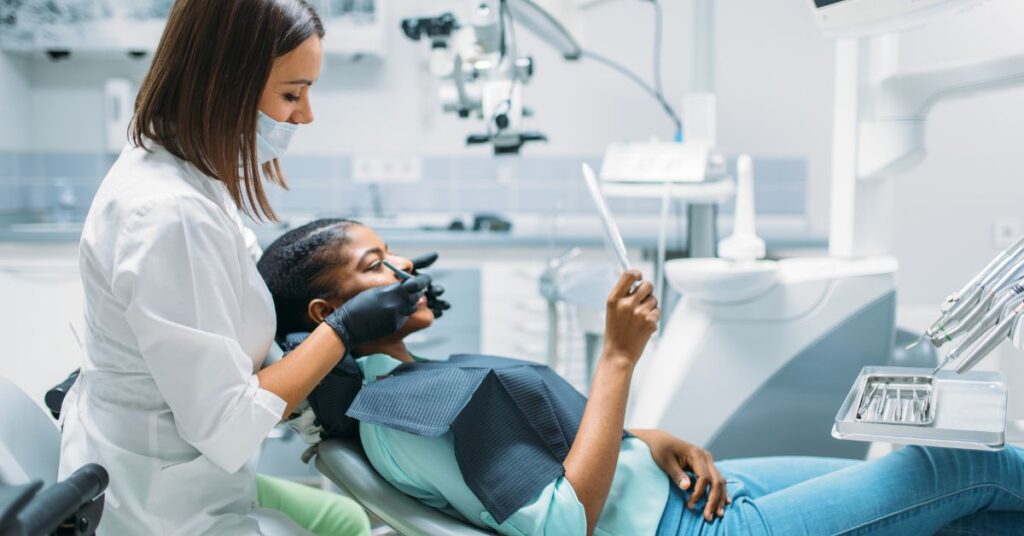
Before your visit
- Schedule your appointment at least 6 weeks in advance. This will give you plenty of time to find a date and time that works for you and your dentist.
- Gather any relevant dental insurance information. This may include your insurance card, member ID number, and group number.
- Make a list of any questions or concerns you have for your dentist. This could include questions about your overall oral health, any specific dental problems you’re experiencing, or any dental treatments you’re considering.
The day of your visit
- Arrive on time for your appointment. This will help to ensure that your appointment runs smoothly and that you don’t have to wait too long to be seen.
- Bring your dental insurance card and a photo ID. This will allow your dentist to verify your insurance coverage and file your insurance claim on your behalf.
- Brush and floss your teeth before your appointment. This will help to remove any plaque or food particles from your teeth and gums, making it easier for your dentist to perform their examination and cleaning.
During your visit
- Answer your dentist’s questions honestly. Your dentist needs to know about your overall health, any medications you’re taking, and any dental problems you’ve had in the past in order to provide you with the best possible care.
- Tell your dentist about any medications or supplements you’re taking. Some medications and supplements can interact with dental procedures, so it’s important to let your dentist know about them ahead of time.
- Allow your dentist to take X-rays and perform an examination of your teeth and gums. X-rays can help your dentist to identify any problems that may not be visible to the naked eye. The examination will allow your dentist to assess your overall oral health and identify any potential problems.
- Ask any questions or concerns you have. Don’t be afraid to ask your dentist any questions you have about your oral health, dental procedures, or your dental insurance coverage.
After your visit
- Follow your dentist’s instructions for any follow-up care. This may include taking any medications that your dentist prescribes or scheduling another appointment for additional treatment.
- Schedule your next dental visit for 6 months from now. This will help to ensure that you stay on top of your oral health and prevent any problems from developing.
By following this checklist, you can ensure that you are prepared for your next dental visit and that you get the most out of your appointment.
The Future of Dental Care
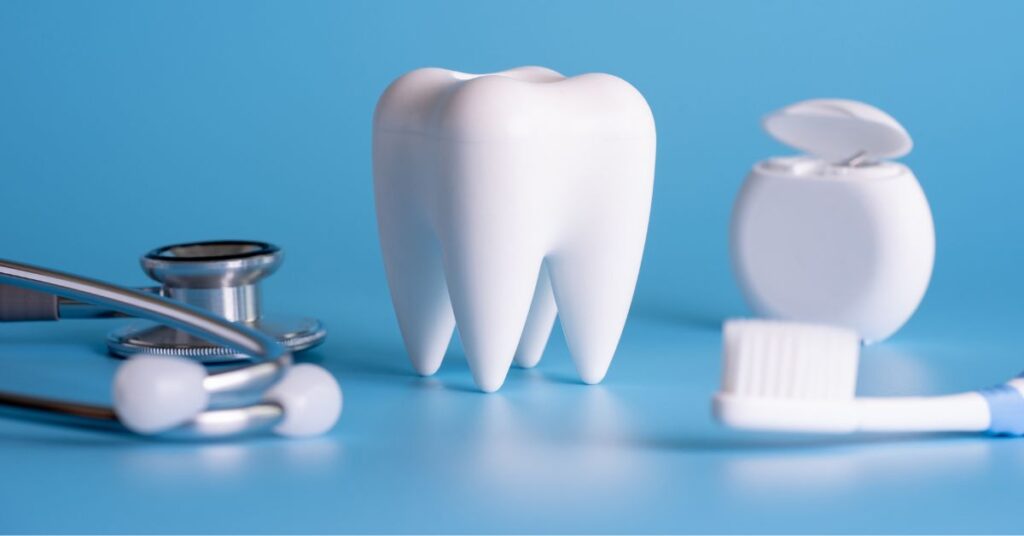
Dental care is constantly evolving, and new technologies and treatments are emerging all the time. Here are a few of the next-generation dental technologies and treatments that are poised to revolutionize the way we care for our teeth and gums in the years to come:
- Teledentistry: Teledentistry is the use of telecommunications technology to provide dental care remotely. This can include video consultations, remote diagnosis, and even remote treatment procedures. Telentistry has the potential to make dental care more accessible and affordable for people in rural and underserved areas.
- 3D printing: 3D printing is already being used in dentistry to create custom crowns, bridges, and other dental prosthetics. In the future, 3D printing could be used to create even more complex and customized dental treatments, such as implants and orthodontic appliances.
- Regenerative medicine: Regenerative medicine is a field of medicine that aims to repair or replace damaged tissues. Regenerative medicine has the potential to revolutionize dentistry by allowing us to regenerate damaged teeth and gums. For example, regenerative medicine could be used to treat gum disease and tooth decay without the need for surgery or other invasive procedures.
These are just a few of the next-chapter dental technologies and treatments that are on the horizon. As these technologies continue to develop, we can expect to see even more innovative and effective ways to care for our teeth and gums in the future.
How to prepare for the future of dental care
The best way to prepare for the future of dental care is to maintain good oral health habits today. This includes brushing and flossing regularly, eating a healthy diet, and avoiding tobacco use. It is also important to see your dentist for regular checkups and cleanings. By taking care of your teeth and gums now, you can help to ensure that you will be able to benefit from the latest dental technologies and treatments when they become available.
The Future of Dental Care: Personalized, Preventive, and Minimally Invasive
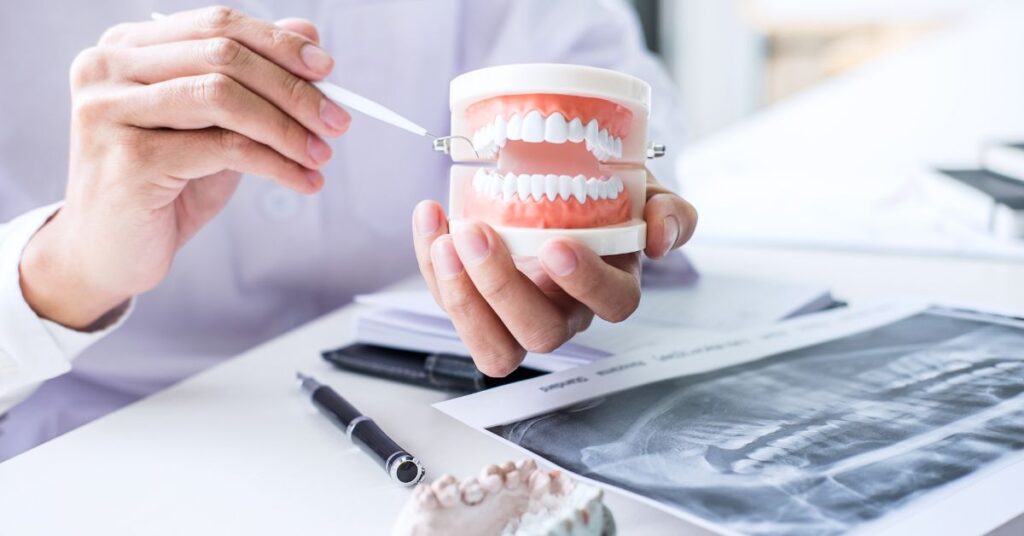
The future of dental care is bright, with new technologies and treatments emerging all the time. One of the key trends in dental care is towards more personalized, preventive, and minimally invasive care.
Personalized dental care
Personalized dental care takes into account each individual’s unique genetic makeup, oral health history, and lifestyle. This allows dentists to tailor treatments to the specific needs of each patient. For example, genetic testing can be used to identify patients who are at risk for certain dental problems, such as tooth decay or gum disease. This information can then be used to develop personalized preventive plans.
Preventive dental care
Preventive dental care focuses on preventing dental problems from occurring in the first place. This is done through a combination of education, good oral health habits, and regular dental checkups and cleanings. Some of the most common preventive dental care measures include:
- Brushing and flossing twice a day
- Using fluoride toothpaste and mouthwash
- Eating a healthy diet
- Avoiding tobacco and excessive alcohol consumption
- Seeing your dentist for regular checkups and cleanings
Minimally invasive dental care
Minimally invasive dental care procedures are those that involve less tissue damage and downtime than traditional surgery. Some examples of minimally invasive dental care procedures include:
- Laser dentistry
- Waterjet dentistry
- Air abrasion
- Ozone therapy
- Nanotechnology
Minimally invasive dental care procedures offer a number of advantages over traditional surgery, including:
- Reduced pain and discomfort
- Faster healing time
- Better cosmetic results
Conclusion
regular dental visits are crucial for maintaining good overall health and preventing issues like cavities and gum disease. By following the tips in this article, you can ensure you receive the best possible dental care.
For personalized dental care and expert advice, visit Sri Sanjeevini Dental. Your smile deserves the best!

